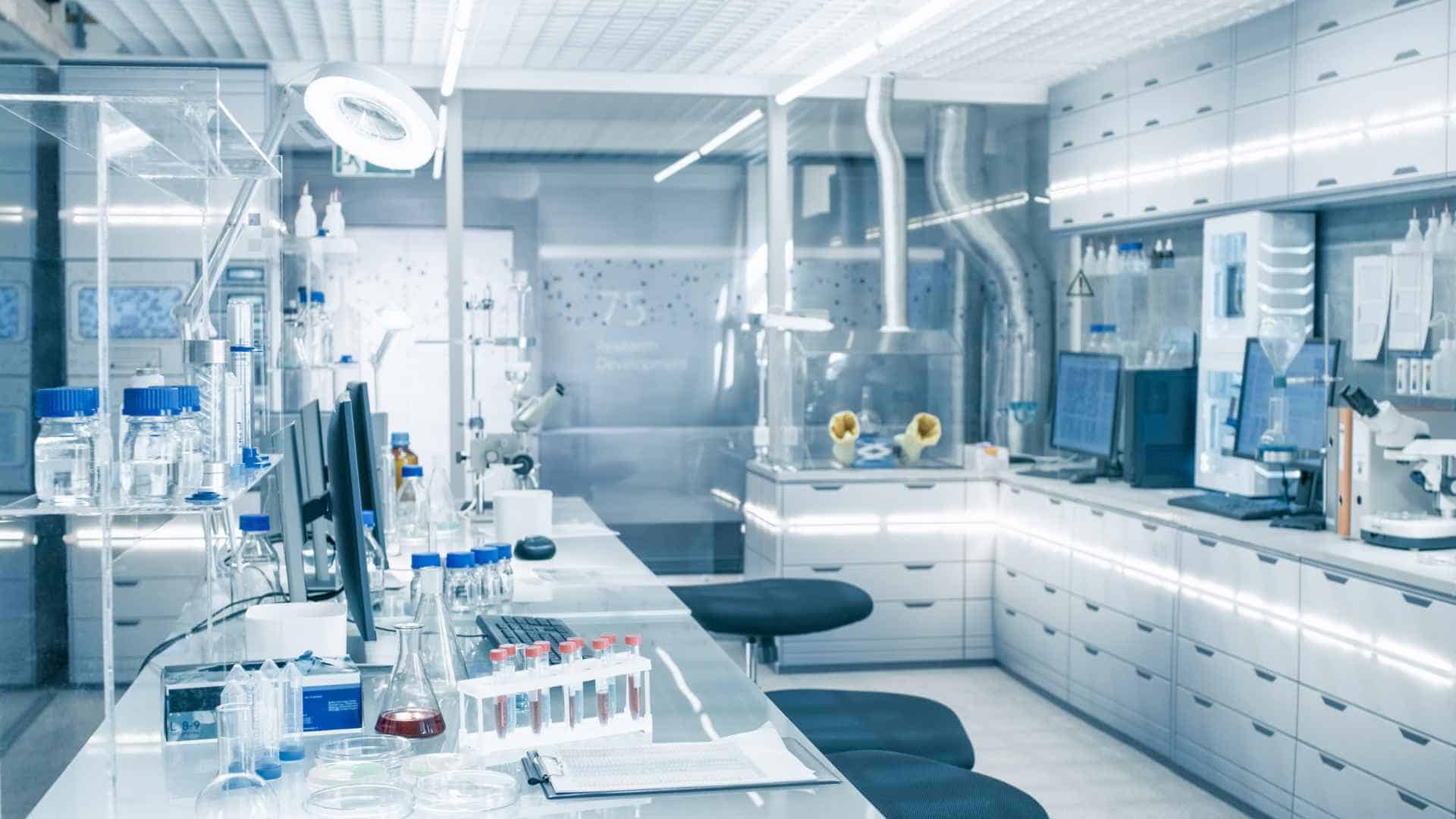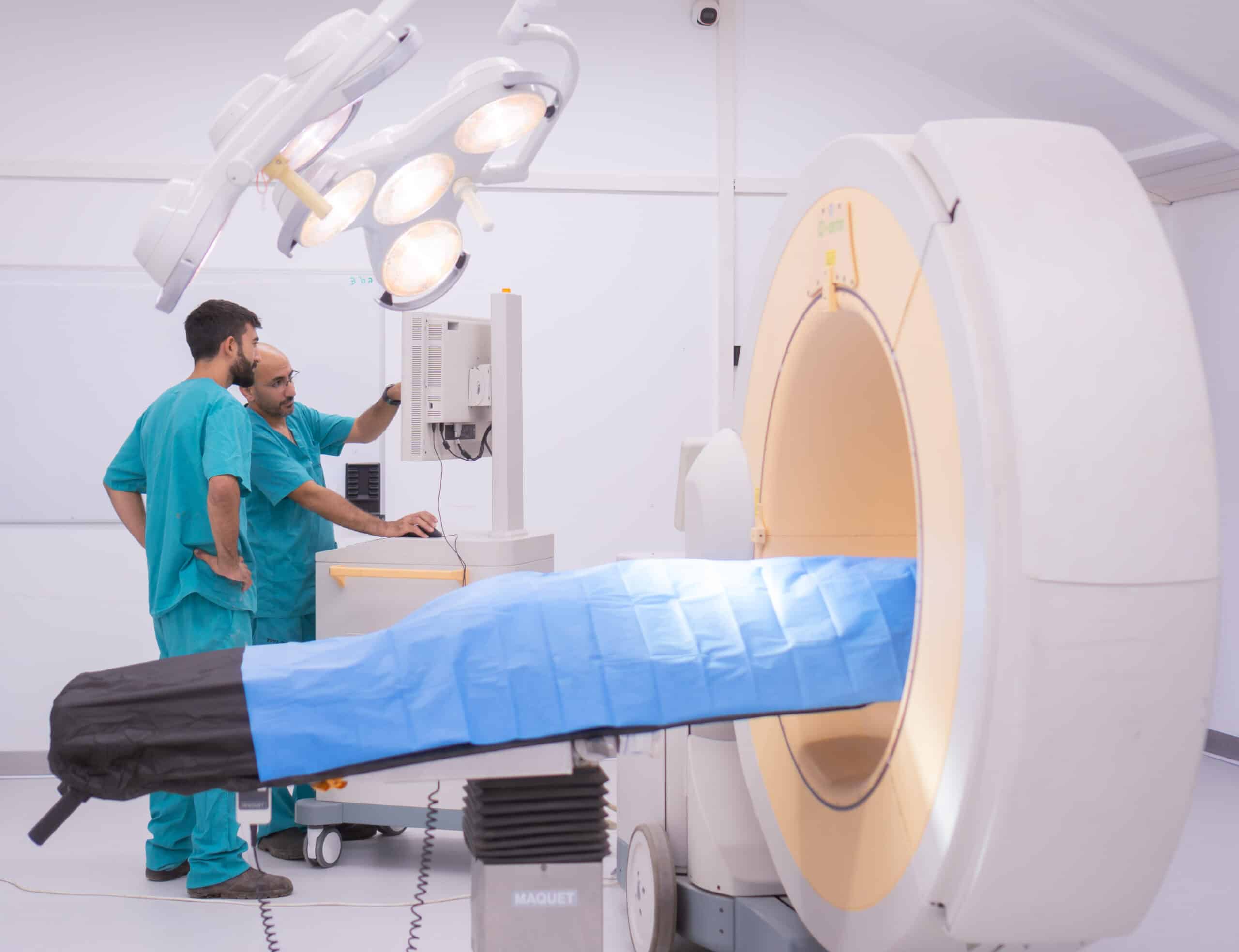Exploring the intricate pathways of medical device approval in the US can be daunting, especially when it comes to the 510(k) clearance process. It’s a pivotal step for manufacturers aiming to market their devices, ensuring safety and effectiveness without the need for extensive clinical trials.
Understanding the 510(k) process is crucial for industry players. It’s not just about compliance; it’s about mastering a strategic approach to market entry. This article delves into what makes the 510(k) pathway unique and why it’s the chosen route for many medical device companies.
With its balance of regulatory rigor and efficiency, the 510(k) process represents a critical juncture in the lifecycle of a medical device. Let’s explore the essentials of this process and its impact on the healthcare industry.
What is a 510(k) Medical Device?
A 510(k) medical device is one that must pass through the 510(k) clearance process before it can be legally marketed in the United States. This process, overseen by the Food and Drug Administration (FDA), is named after Section 510(k) of the Federal Food, Drug, and Cosmetic Act. The clearance pathway requires that the manufacturer of the device prove its product is substantially equivalent to a legally marketed device that is not subject to premarket approval (PMA), also known as a predicate device.
The criteria for substantial equivalence involve a comparison of the new device to the predicate device where the new device must have the same intended use and technologically similar characteristics. But, it can have variations in design and materials as long as the manufacturer demonstrates that the device is as safe and effective as the predicate.
Companies that are looking to introduce a medical device through the 510(k) pathway must submit a premarket notification to the FDA. This submission includes detailed information about the device, its intended use, the rationale for using a certain predicate, and comparative data to support its claim of substantial equivalence.
While the 510(k) process is typically less rigorous than the PMA pathway, it remains a critical step in ensuring patient safety and device efficacy. Devices ranging from simple designs like tongue depressors to more complex machinery like MRI machines may be subject to this process. The 510(k) is particularly beneficial for manufacturers by allowing for a quicker approval process compared to the PMA, hence facilitating a faster time to market for new medical devices.
Through the 510(k) clearance, manufacturers are able to demonstrate that their medical device is safe and effective without the need for extensive and costly clinical trials. But, they must still meet sufficient regulatory criteria to ensure both healthcare providers and patients are protected.
Importance of 510(k) Clearance Process
The 510(k) clearance process is a pivotal component in the life cycle of a medical device. Manufacturers must navigate this pathway to ensure their products can legally enter the US market. It’s a stringent process established by the FDA to determine whether a new device is as safe and effective as an existing (predicate) device. The significance of this process transcends mere regulatory compliance; it acts as a safeguard for patient safety while fostering innovation in the medical field.
Manufacturers seeking to market class I, II, or III devices that do not require a premarket approval (PMA) must submit a 510(k) notification. This is particularly crucial for devices that have undergone modifications that could affect safety or effectiveness. The 510(k) review lends credibility to the device, instilling confidence in healthcare providers and patients alike, that the medical device they use has been thoroughly evaluated.
Beyond safety and efficacy, the 510(k) process has a direct impact on the speed to market for new devices. With a less rigorous demand than the PMA pathway, manufacturers can potentially receive clearance within months, as opposed to years. This expedited journey to the marketplace can be critical for devices that meet vital healthcare needs or those intended for rapid technological advancement areas.
Healthcare innovation thrives when there is a balance between rigorous testing and efficient time-to-market. As such, the 510(k) process is designed to ensure that this balance is maintained. The continuity of care, the progress of medical technology, and the assurance of safe, effective device deployment all hinge on the efficiency of this process. It’s not merely a regulatory hurdle; it’s a vital step in the evolution of healthcare, offering a streamlined path for the introduction of transformative medical devices.
Advantages of the 510(k) Pathway
The 510(k) pathway provides significant advantages for medical device manufacturers. This process is especially beneficial for devices that do not warrant a premarket approval (PMA), offering a less burdensome alternative to demonstrate safety and efficacy. There are several key benefits to consider:
- Faster Time to Market: The 510(k) clearance typically requires fewer studies and can be completed in a shorter timeframe compared to the PMA process. This expedited route can be particularly advantageous for manufacturers looking to swiftly introduce their products to the healthcare market.
- Cost-Effectiveness: By avoiding some of the extensive clinical trials required for PMA, companies often incur lower costs during the 510(k) submission process. This makes it a financially attractive option for both established companies and startups with limited budgets.
- Predictability: The 510(k) process is a well-defined regulatory pathway with clear guidelines that have been refined over time. This predictability helps manufacturers in planning their development and marketing strategies more effectively.
- Broad Acceptance: A 510(k) clearance is widely recognized by healthcare professionals and institutions, easing the pathway for market acceptance and adoption of new medical devices.
Given that the 510(k) process compares a new device to one already on the market, it can help incremental innovation. Manufacturers can introduce changes and improvements to existing devices without needing to undergo the rigorous PMA process for each iteration.
The importance of the 510(k) pathway is also evident in its role in fostering a competitive environment. With a reduced barrier to entry, the market can experience a healthy inflow of diverse medical solutions. This competition not only drives innovation but can also lead to more cost-effective options for healthcare providers and patients.
Besides, companies that successfully navigate the 510(k) process gain valuable insights into regulatory expectations that can be instrumental for future product developments. nalexperts who understand the nuances of the 510(k) process can be critical in aligning product development with regulatory requirements, so avoiding potential setbacks and facilitating a smoother approval journey.
Differences between 510(k) and other Medical Device Approval Processes
When exploring the world of medical device approvals, the 510(k) stands out as a unique pathway with distinct advantages over its counterparts. But, it’s critical to understand how it differs from other regulatory processes such as the Pre-Market Approval (PMA) and De Novo classification to fully grasp its place within the FDA’s framework.
The PMA process is often more rigorous compared to the 510(k). It’s generally reserved for high-risk medical devices that are considered novel and so cannot demonstrate substantial equivalence to already marketed devices. In contrast, the 510(k) process applies to devices that are not significantly different from existing, legally marketed devices known as “predicates.” Here are some of the major differences:
- Risk Category: PMA devices are typically Class III, indicating higher potential risk to patients, while 510(k) involves Class I or II devices with lower risk profiles.
- Data Requirements: PMA submissions must include extensive clinical trial data to prove safety and effectiveness. A 510(k) submission does not usually require clinical trial data but instead relies on substantial equivalence to a predicate device.
- Review Time: The PMA process is lengthier, often exceeding one year, whereas 510(k) reviews are faster, aiming for completion within 90 days.
The De Novo pathway is another alternative for novel devices that do not have a comparable predicate but are of low to moderate risk. Unlike the 510(k) and PMA, the De Novo process does not require proof of substantial equivalence or extensive clinical data. Instead, manufacturers must demonstrate that their device is sufficiently safe and effective for its intended use with no predicate necessary.
Here’s a brief comparison:
| Approval Pathway | Risk Level | Clinical Data | Review Timeframe |
| PMA | High (Class III) | Extensive clinical trial data | > 1 Year |
| 510(k) | Low to Moderate | Not necessarily required | Typically under 90 Days |
| De Novo | Low to Moderate | Safety and effectiveness data | Variable |
Key Steps in the 510(k) Clearance Process
For medical device manufacturers, the journey through the 510(k) clearance process is both strategic and procedural. The primary goal is to demonstrate to the FDA that the proposed device is as safe and effective as a legally marketed device. Understanding the key steps in this process is critical for a smooth clearance journey.
Identify the Predicate Device: At the onset, manufacturers must identify an existing, legally marketed device known as the predicate. This comparison lays the foundation for demonstrating substantial equivalence. The selected predicate should closely match the intended use and technological characteristics of the new device.
Prepare the 510(k) Submission: Preparing the submission package is a detailed task that involves compiling information on the device description, indications for use, technological comparisons with the predicate, and supporting scientific evidence. This may include:
- Biocompatibility testing
- Performance testing
- Software validation (if applicable)
- Sterilization and shelf-life data
Manufacturers must also follow the eCopy Program for 510(k) submissions to ensure the FDA receives both an electronic and a paper copy of the submission.
FDA Review and Additional Information Requests: Following the submission, a team of FDA reviewers will assess the documentation. If the reviewers determine that additional information is needed, an Additional Information (AI) letter is sent to the manufacturer. This step is crucial as response times can significantly impact the overall review timeline.
FDA Decision: The FDA’s final decision may result in one of three outcomes: clearance, additional information request, or not substantially equivalent (NSE) determination. If the device is cleared, the manufacturer can market the device in the United States. But, if the FDA issues an NSE determination, the device may require a PMA or a De Novo request for marketing authorization.
During all these stages, manufacturers must maintain thorough documentation and be prepared for possible FDA inspections that focus on ensuring the quality management system complies with the requirements of 21 CFR Part 820.
Impact of the 510(k) Process on the Healthcare Industry
The 510(k) clearance process has been a significant factor in shaping the healthcare industry. It serves not only as a regulatory pathway but also as a gateway for innovation, enabling manufacturers to bring medical devices to market with a reduced time frame compared to the Premarket Approval (PMA) process. This pathway is critical in a sector where technological advancements are rapid and the need for newer, better tools is constant.
Manufacturers aiming to capitalize on existing technologies and improve upon them find the 510(k) process valuable. By demonstrating substantial equivalence to devices already legally on the market, companies can avoid the lengthy and costly PMA route. This reduces development costs and time to market, which in turn can lower healthcare costs and increase accessibility to essential medical devices.
The process has also fostered a competitive environment where manufacturers are incentivized to enhance and refine their products continuously. It ensures that the U.S. healthcare system benefits from the latest technological advancements without compromising on safety and effectiveness. Meanwhile, the FDA retains oversight to ensure that any risks associated with new devices are adequately mitigated.
On the other hand, critics of the 510(k) process argue that because it’s less rigorous than the PMA process, some medical devices may not be subjected to the thorough testing that critics believe is necessary. They suggest that this could potentially result in safety and efficacy issues that might only become apparent post-market. But, the FDA has implemented measures such as post-market surveillance to monitor the performance of devices cleared through the 510(k) pathway, aiming to identify and address any issues that arise after market entry.
The ongoing development of the regulatory world, including updates to the 510(k) process, reflects attempts to strike a balance between encouraging medical device innovation and maintaining public health safety. This evolution is indicative of the dynamic nature of the healthcare industry and its regulatory environment.
Conclusion
Exploring the intricacies of the 510(k) clearance is crucial for medical device manufacturers aiming to succeed in a dynamic healthcare market. They must not only meet regulatory requirements but also address the concerns surrounding device safety and effectiveness. While the 510(k) pathway offers a streamlined route to market entry it’s clear that the FDA’s commitment to post-market surveillance is a testament to the evolving nature of medical device regulation. The balance between fostering innovation and ensuring patient safety remains a guiding principle for both industry stakeholders and regulatory bodies alike. As the world continues to shift, so too will the strategies for maintaining this delicate equilibrium.





